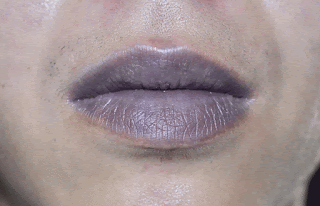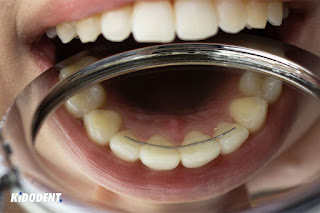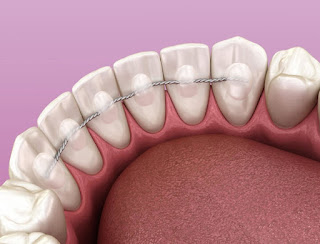Causes of Bone Sticking Out in the Gum: Bone Spur

bone spur in gum can happen spontaneously or because of surgical dental treatment that you have recently done. If you have performed a tooth extraction , undergone an oral surgery on jawbone or periodontal part of your gum taken certain medications to treat bone disorders and diseases like bisphosphonate drugs performed radiation or chemotherapy You are more likely to see a sharp bone that appears out of gums and soft tissues in your mouth. This doesn’t usually happen but bone spur exists in the location of your previous oral surgical procedure. What is a bone spur (bone spicule)? Bone spur, also called bone spicule, is the appearance of bony parts in your gum’s soft tissue. Bone spicule is like an extra piece of bone that is trapped in your gum and can cause pain, infection, and swelling in its site in your gum. It is caused due to diseases, oral surgery (e.g. tooth extraction), medications, and dental trauma or injury. A bone spur or bone spicul



